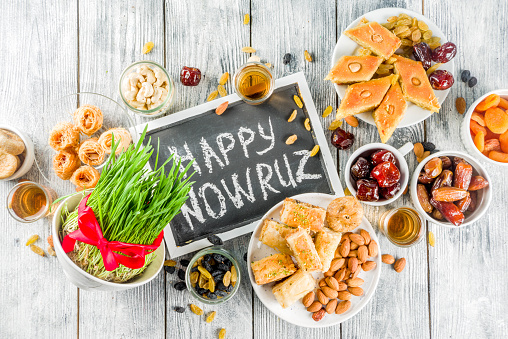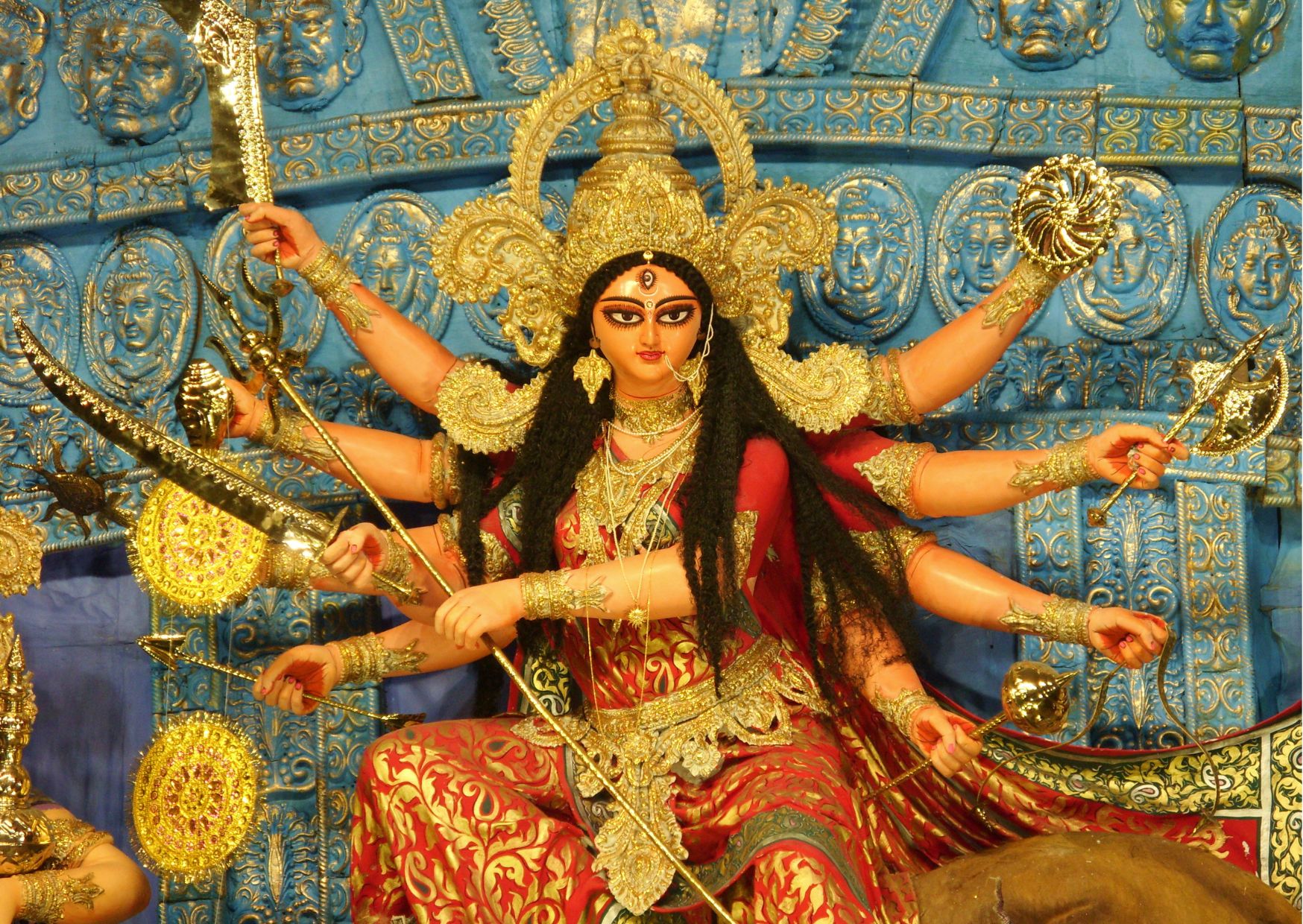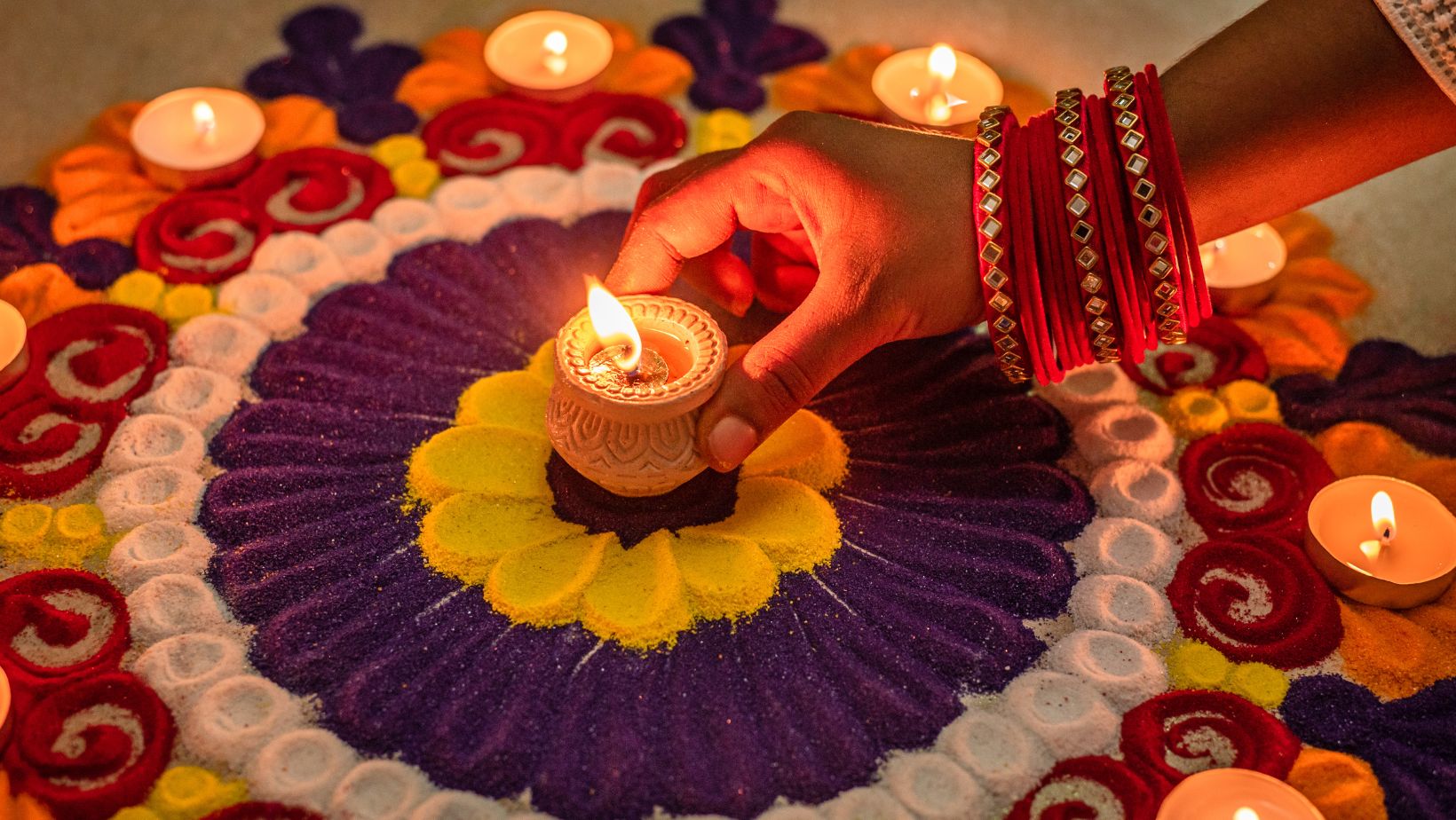Nowruz greetings to all! Nowruz is a two-week celebration that marks the beginning of the New Year in Iran as per its official Solar Hijri calendar.
In the 8th century, the Parsis migrated to India from Persia (now Iran) to escape religious persecution by rabid Islamists. Zoroastrians, who followed the ancient Persian religion of Zoroastrianism, were being persecuted and were facing forced conversion to Islam. The Parsis found refuge in India and have since established a small but vibrant minority community. Here, they continue to thrive and celebrate their own unique culture and traditions. In India, Nowruz is celebrated by the Parsi community. They celebrate by visiting the synagogue to worship Khorshed and Meher, the two deities who rule over the sun and moon, respectively.
Nowruz celebrations must include seven main items known as the Haft Sin. The Haft Sin is an arrangement of seven symbolic items whose names start with the letter "س," which is the 15th letter of the Persian alphabet. It is pronounced as "seen." The word "haft" (هفت) is Persian for "seven." Earlier the items used to be placed on the floor but these days many people place the items on a table.
Every Haft Sin must include seven items, each beginning with the Farsi letter "S"sabzeh, senjed, sib, seer, samanu, serkeh, and sumac.
- Sabzeh 🌱🌱 is a type of still-growing grass or sprout that symbolizes renewal, growth, and rebirth
- Senjed 🫒🫒 is dried fruit (lotus fruit, for preference) representing love
- Sib 🍎🍎represents apples for health and beauty
- Seer 🧄 🧄 is garlic, meant to symbolise health, self-care, and medicine
- Samanu 🍚🍚 is a sweet pudding made from wheat and germ, it symbolizes fertility and wealth
- Serkeh 🫙🫙is vinegar, and it symbolizes the patience and wisdom that aging will (hopefully) bring
- Sumac 🔴🔴, the final item, is a Persian spice made from crushed sour berries. It is red in color, symbolizing sunrise and a new day.
Some additional items that may be found with the seven main items of the Haft Sin are:
- mirror 🪞🪞which stangs for reflection and self reflection
- sekkeh 🪙🪙(coins) for prosperity
- candles 🕯 🕯 for light and illumination
- Tokhm e morgh 🪺🪺which are eggs, also symbolising fertility
- Holy books 📖 📖as reminders of faith.
The festival marks the beginning of spring 🌻🌻 in the Northern Hemisphere. It is interesting to note that the Parsi (Zoroastrian) New year fall around the same time as the various regional New Year's celebrated across around India. For example; Ugadi (Andhra Pradesh, Telangana, Karnataka), Gudi Padhwa (Maharashtra, Goa), Navreh (Kashmir), Nutan Varsh (Gujarat), Sankrant and Vaisakhi (Punjab, Haryana, Uttar Pradesh, Madhya Pradesh, Uttrakhand, Kumaon), Pana Sankranti (Odisha), Mithila DIvas (Bihar), Puthandu (Tamil Nadu), Vishu (Kerala), Bisu Parba (Tulu Nadu), Pahela Baisakh (West Bengal) and so on.
This is not surprising as Zoroastrianism is also an ancient religion like the Indic religion, they celebrate new years with the onset of life, renewal, regeneration, blooming of flowers, and the end of winter. Let's celebrate the onset of spring and the new year with Nowruz and the numerous new year celebrations across India!
Happy Nowruz to all!



